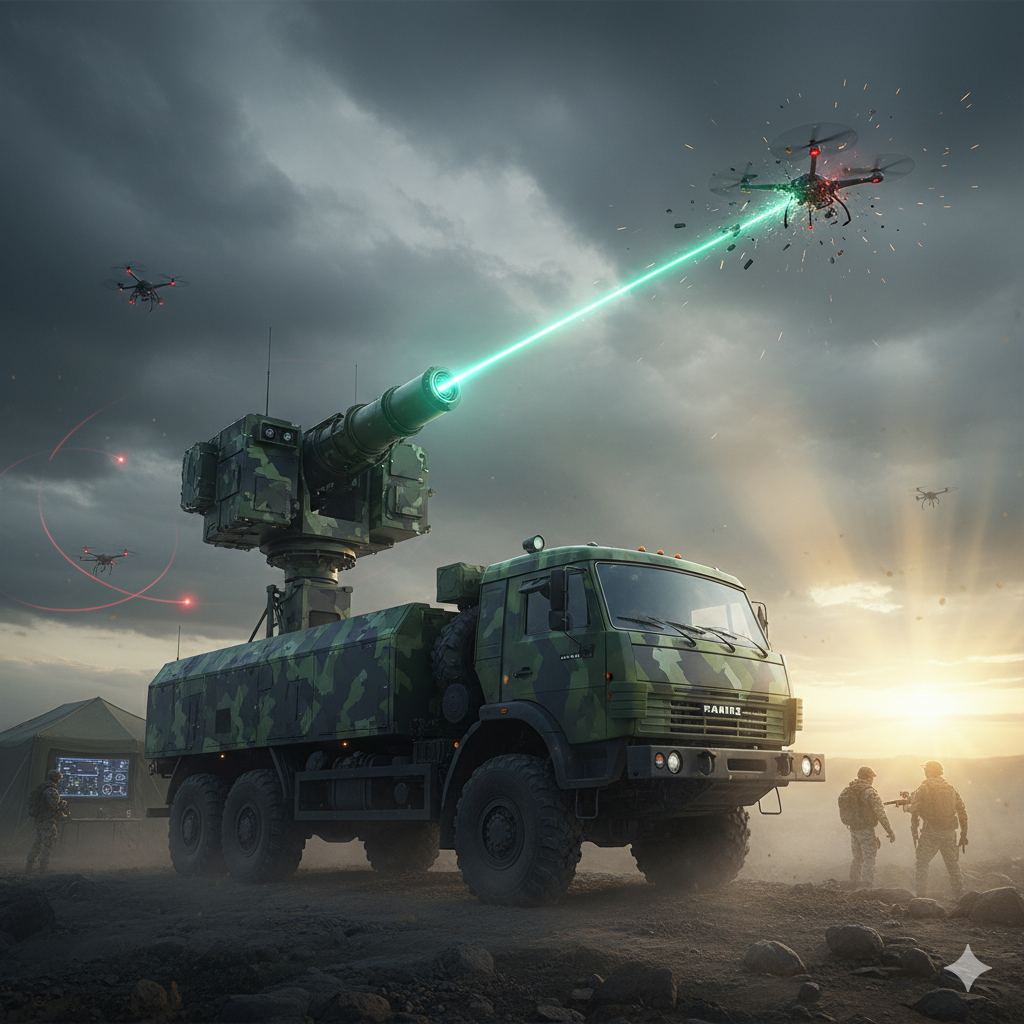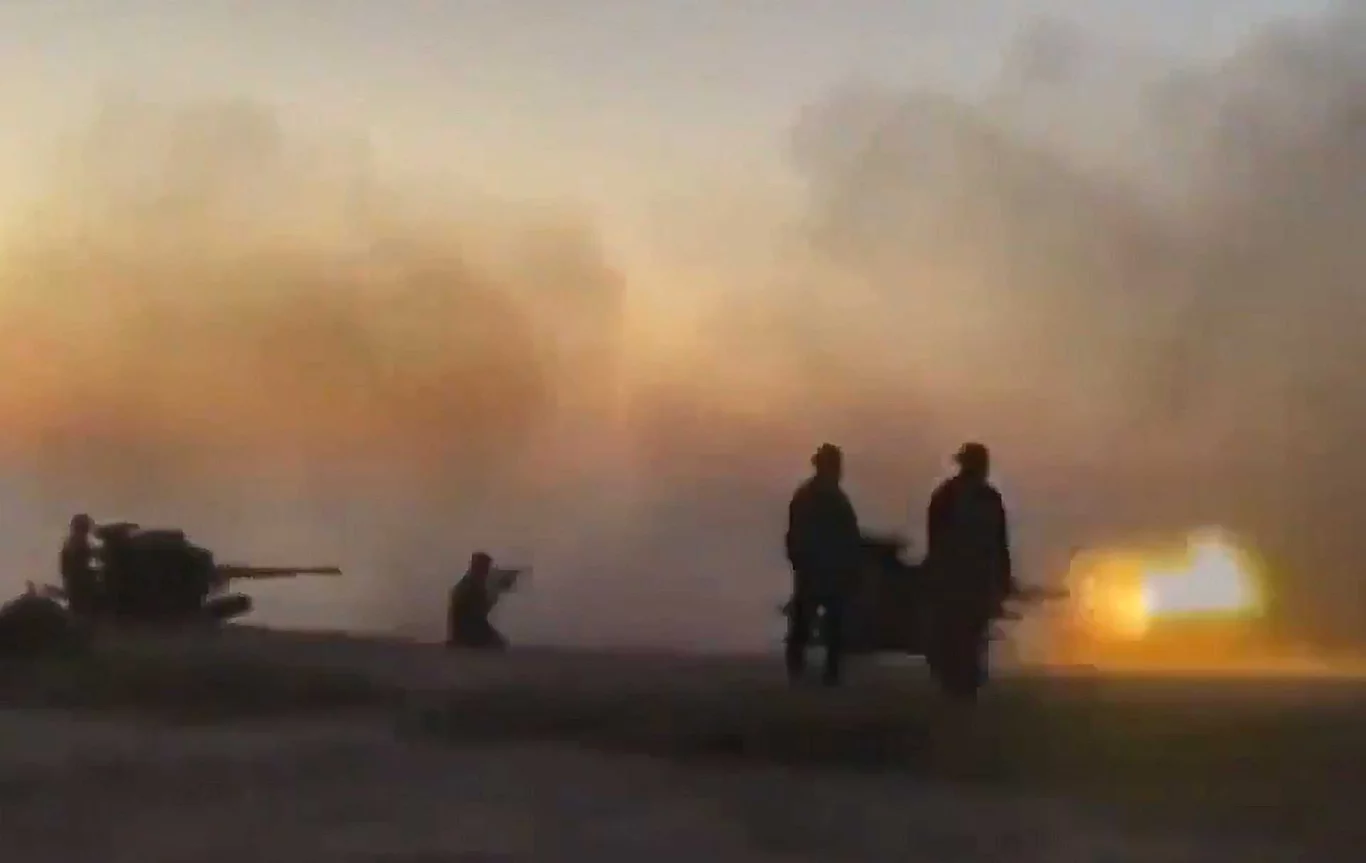In the vast expanse of the Indo-Pacific, where geopolitical tensions simmer and military alliances are forged in the skies and seas, a lone British F-35B Lightning II stealth fighter finds itself in an unexpected limbo. Far from the rolling decks of its home carrier, the HMS Prince of Wales, this cutting-edge warbird made an emergency landing in southern Japan on August 10, 2025, and as of now, it’s still waiting for the spare parts that could set it free. This isn’t just a tale of mechanical mishap—it’s a window into the complexities of modern aerial warfare, global supply chains, and the high-stakes operations that define today’s international military collaborations. Let’s dive deep into the story, exploring the incident, its broader implications, and what it reveals about the F-35 program that’s revolutionizing air power worldwide.
Picture this: It’s a crisp morning in Kirishima City, southwest Japan, home to the bustling Kagoshima Airport. Around 11:30 a.m. local time, alarms blare as a sleek, radar-evading F-35B from the U.K.’s Royal Air Force touches down not on a carrier deck, but on a civilian runway. The pilot, executing a textbook emergency diversion due to an in-flight malfunction, brings the jet to a safe halt. No injuries, no dramatic explosions—just the quiet hum of a multimillion-dollar machine sidelined by a technical gremlin. The airport, caught off guard, experiences minor disruptions: six flights delayed, but operations bounce back swiftly. The aircraft is promptly taxied off the runway, its exact parking spot on the airfield shrouded in operational secrecy.
This F-35B, bearing the tail number ZM-150, was part of a grander narrative: Operation Highmast, the U.K.’s ambitious deployment of its carrier strike group to the Indo-Pacific. Led by the mighty HMS Prince of Wales, this cruise showcases Britain’s commitment to regional security amid rising concerns over China’s assertiveness and North Korea’s provocations. The carrier embarked with an impressive 18 F-35Bs—a mix from the Royal Air Force’s 617 Squadron and the Royal Navy’s 809 Naval Air Squadron, bolstered by at least one U.S. Marine Corps jet for that extra punch of allied interoperability. It’s a floating fortress of fifth-generation firepower, capable of projecting power across vast oceans.
But back to our stranded hero. The U.K. Ministry of Defense (MoD) confirmed to The War Zone (TWZ) that the issue stems from a “technical defect” unrelated to a prior hiccup during the same deployment. Earlier in the cruise, another F-35B had diverted to an airfield in India, where it languished for over a month—a PR headache that highlighted vulnerabilities in rapid repair capabilities. In Japan, however, engineers from both the Royal Navy and Royal Air Force have given the jet a thorough once-over. Their verdict? It’s repairable, but the fix hinges on spare parts navigating the labyrinthine global F-35 supply chain. With U.S. Marine Corps F-35Bs stationed nearby in Japan and the Japanese Air Self-Defense Force operating their own variants, one might wonder why parts aren’t readily available. Yet, the F-35’s logistics network, managed by Lockheed Martin under the Joint Program Office, has long been criticized for bottlenecks, especially in remote theaters.
Social media lit up with the news, offering glimpses into the drama. Navy Lookout, a reliable source for naval intel, tweeted on August 10: “Emergency diversion of #CSG25 F-35B to Kagoshima Airport, Japan due to in-flight defect.” Accompanied by a photo, it captured the jet’s unexpected pit stop. Another user, @acct_of_master, shared a snapshot of the ZM-150 on the tarmac, noting it was the first British F-35B to touch down in Japan and quipping about the wait for parts. These posts underscore how quickly military mishaps go viral in our connected world, turning operational setbacks into public spectacles.
To understand the bigger picture, let’s zoom out to Operation Highmast’s objectives. The HMS Prince of Wales, one of the U.K.’s two Queen Elizabeth-class carriers, set sail on this deployment to strengthen ties with allies like Australia, Japan, and South Korea. Earlier, the F-35Bs participated in Exercise Talisman Sabre off Australia’s coast, honing skills in joint operations that could prove vital in any future conflict. Then, the carrier steamed northward to Japanese waters for Exercise Hightower, a multinational drill involving Japanese and South Korean forces. In a historic milestone on August 8, British F-35Bs became the first foreign jets to launch from the Japanese helicopter carrier JS Kaga, which has been retrofitted for short takeoff and vertical landing (STOVL) operations. Imagine the thrill: A British Lightning II roaring off a Japanese deck, symbolizing the deepening U.K.-Japan defense partnership. Photos from the Royal Air Force show the jet in action, its afterburners glowing against the Pacific horizon.
Diversions like this aren’t anomalies in carrier aviation; they’re part of the game. As TWZ editor Tyler Rogoway pointed out in a tweet: “Diversions happen all the time with carrier-based aircraft for a myriad of reasons—technical issues, human factors, ship ops, or even low fuel. It’s not unique to the F-35.” Indeed, the F-35B’s STOVL capabilities make it versatile, but they also introduce unique stresses on components like the lift fan and engine. The program has faced scrutiny since its inception—cost overruns, software glitches, and now, questions about sustainment in far-flung deployments. For the U.K., which plans to integrate nuclear capabilities into its F-35As, these incidents raise eyebrows about reliability and future procurement decisions.
Comparisons to past events are inevitable. In November 2021, a British F-35B plummeted into the Mediterranean during takeoff from HMS Queen Elizabeth, a crash attributed to a simple intake cover left in place. That incident cost millions and sparked investigations, but it also led to procedural improvements. Today’s stranding in Japan, while less catastrophic, echoes those challenges: How do you maintain a fleet of advanced jets thousands of miles from home base? The answer lies in robust logistics, international cooperation, and perhaps a dash of luck.
As the spare parts make their way—likely via airlift from U.K. or U.S. stocks—the F-35B sits patiently in Kagoshima, a temporary guest in a foreign land. For the crew of HMS Prince of Wales, continuing their mission without one jet is a testament to redundancy in modern carrier ops. But for observers, it’s a reminder of the fragile balance between cutting-edge technology and the harsh realities of deployment. Will this delay ripple into broader operational impacts? Only time will tell, but one thing’s certain: In the high-octane world of stealth fighters and carrier strikes, even the mightiest birds sometimes need a helping hand to soar again.




